According to Dr. Huynh Tan Vu, University of Medicine and Pharmacy Hospital, Ho Chi Minh City (branch 3), when the temperature rises above 39 degrees Celsius, any group of people, whether adults or children, can suffer from heatstroke.
The cause of this condition is due to the body losing a lot of water, sweating a lot, and having trouble regulating body temperature when exposed to harsh sunlight. When suffering from heatstroke, adults often have fever, dizziness, and even fainting. Children will show signs of fussiness, lethargy, loss of appetite, fever, and even convulsions.
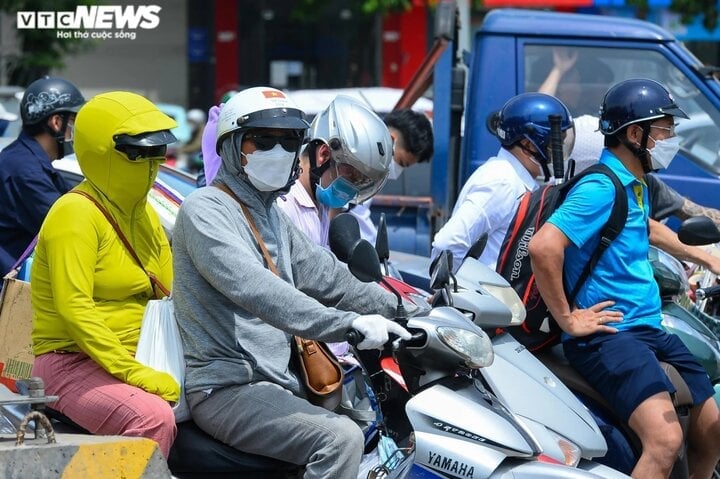
The temperature outside is high, most pedestrians wear protective clothing against the heat. (Photo: Dac Huy)
Signs of sunstroke, heatstroke
Signs to identify sunstroke or heatstroke are fever of 40 degrees Celsius or higher, dry, hot skin or increased sweating, dizziness, lightheadedness, red skin, rapid pulse, headache.
The cause is not drinking enough water when the weather is hot, poor air circulation in the house, direct sunlight in the living space. If exposed to too much sunlight can increase the body temperature index by up to 15 degrees.
Heat stroke is also related to the heat index. Relative humidity of 60% or higher will hinder the evaporation of sweat and the body's ability to cool itself.
In particular, the elderly and outdoor workers are susceptible to heatstroke and sunstroke when the heat index increases. Therefore, it is necessary to pay attention to the heat index in weather forecasts, especially during peak heat waves.
6 steps to save people from sunstroke, heatstroke
Here are 6 steps to handle when encountering someone with sunstroke or heatstroke:
- Step 1: Quickly call emergency services 115 or local medical services .
- Step 2: While waiting for the ambulance, move the person with heatstroke to a shady place.
- Step 3: Remove unnecessary clothing.
- Step 4: Regularly check body temperature.
- Step 5: Cool the body by any means such as spraying water on the body, using a mist fan; placing ice packs or cool towels on the neck, armpits and groin; giving the person with heatstroke cool water to drink to rehydrate (if possible).
- Step 6: Assess the level of alertness of the person suffering from heatstroke (shake, call, touch, etc.).
Dr. Vu noted that if the victim is conscious, give the victim water and electrolytes to drink. If the victim is not conscious, continue to cool the body while waiting for the ambulance. In case the victim is unconscious and shows no signs of circulation (breathing, coughing or moving), artificial respiration must be performed immediately.
How to prevent sunstroke, heatstroke
According to experts, to prevent heatstroke in the summer, when the temperature index is high, it is best to stay in a cool environment. In case you have to go out in the sun, you can prevent heatstroke by adding fruit juices to help reduce body temperature on hot days.
You should wear loose, comfortable, light-colored clothing and a wide-brimmed hat, and use sunscreen with a sun protection factor (SPF) of 30 or higher.
To prevent dehydration, people should drink at least 1.5 liters of filtered water, fruit juice or vegetable juice every day. They can also use electrolyte-rich sports drinks on days when the temperature is high and the humidity is low.
Also, avoid fluids containing caffeine or alcohol, as these can make dehydration worse, and don’t take salt tablets unless directed by your doctor. The easiest and safest way to replace salt and electrolytes during heat waves is to drink sports drinks or fruit juice.
Source



![[Photo] Close-up of Tang Long Bridge, Thu Duc City after repairing rutting](https://vphoto.vietnam.vn/thumb/1200x675/vietnam/resource/IMAGE/2025/5/19/086736d9d11f43198f5bd8d78df9bd41)
![[Photo] General Secretary To Lam attends the conference to review 10 years of implementing Directive No. 05 of the Politburo and evaluate the results of implementing Regulation No. 09 of the Central Public Security Party Committee.](https://vphoto.vietnam.vn/thumb/1200x675/vietnam/resource/IMAGE/2025/5/19/2f44458c655a4403acd7929dbbfa5039)
![[Photo] Panorama of the Opening Ceremony of the 43rd Nhan Dan Newspaper National Table Tennis Championship](https://vphoto.vietnam.vn/thumb/1200x675/vietnam/resource/IMAGE/2025/5/19/5e22950340b941309280448198bcf1d9)
![[Photo] President Luong Cuong presents the 40-year Party membership badge to Chief of the Office of the President Le Khanh Hai](https://vphoto.vietnam.vn/thumb/1200x675/vietnam/resource/IMAGE/2025/5/19/a22bc55dd7bf4a2ab7e3958d32282c15)

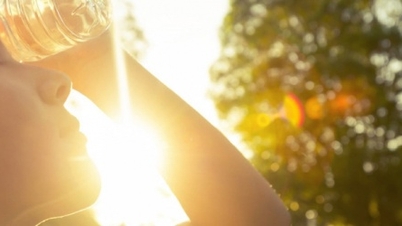



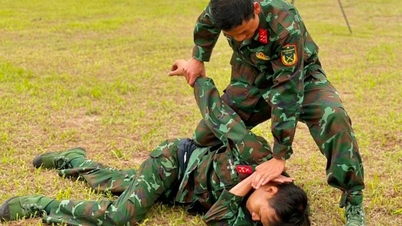




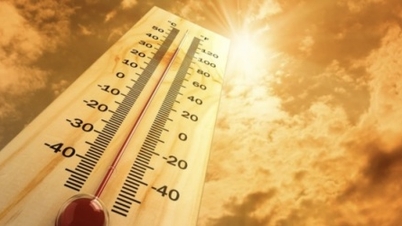





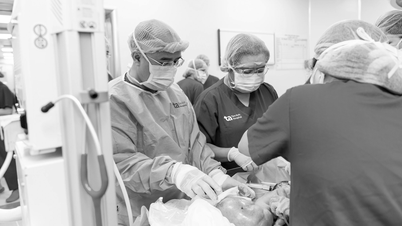













![[Photo] Prime Minister Pham Minh Chinh inspects the progress of the National Exhibition and Fair Center project](https://vphoto.vietnam.vn/thumb/1200x675/vietnam/resource/IMAGE/2025/5/19/35189ac8807140d897ad2b7d2583fbae)
















































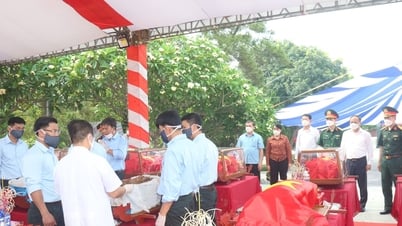








![[VIDEO] - Enhancing the value of Quang Nam OCOP products through trade connections](https://vphoto.vietnam.vn/thumb/402x226/vietnam/resource/IMAGE/2025/5/17/5be5b5fff1f14914986fad159097a677)





Comment (0)